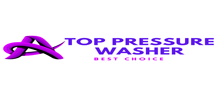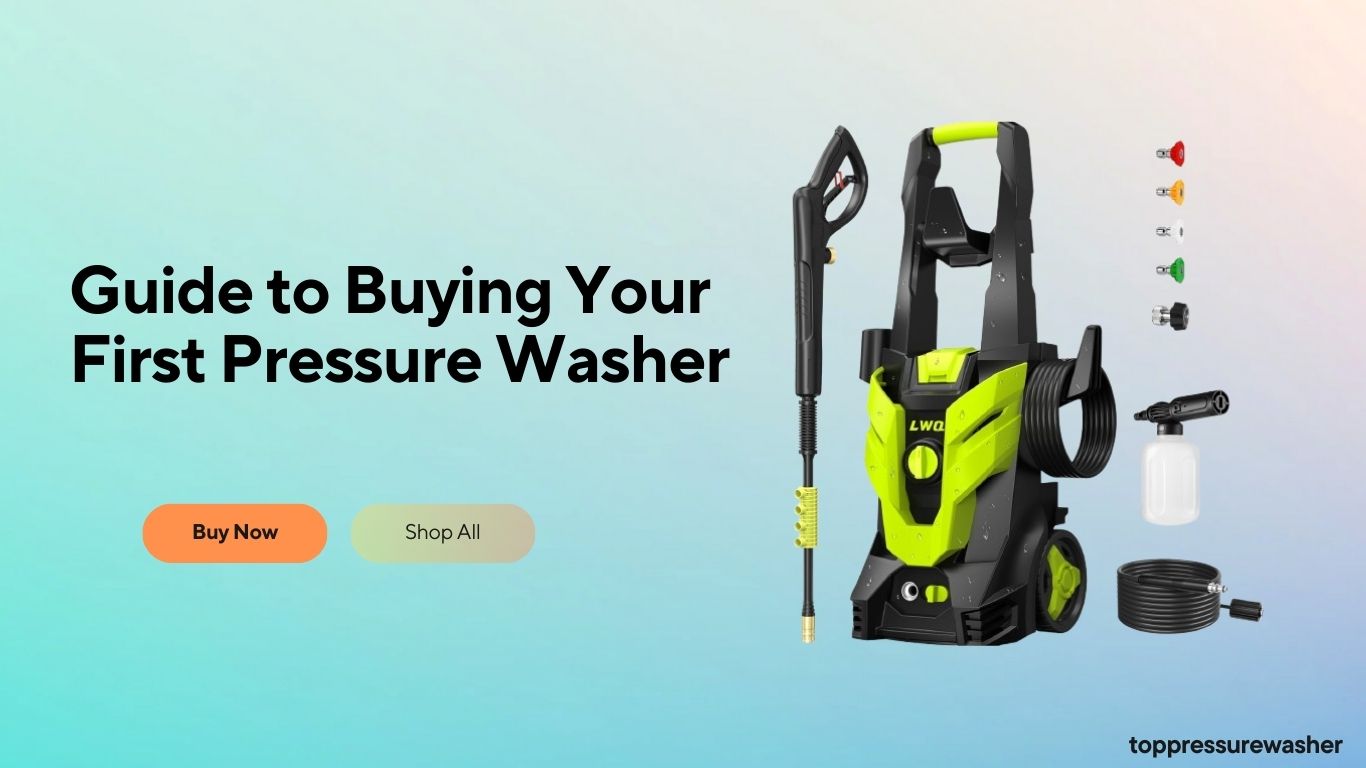Pressure washer buying guide, where purchasing your first pressure washer can feel overwhelming, especially with the many options available. Whether you want to clean your patio, refresh your siding, or maintain your vehicle, a pressure washer can make these tasks significantly more manageable and more efficient. This guide aims to simplify the process by outlining everything you need to know before making your purchase.
Understanding Pressure Washers
Pressure washers operate by using high-pressure water jets to remove dirt, grime, mold, and other stubborn stains from various surfaces. They come in two primary types: electric and gas-powered. Each has its advantages and considerations, so it’s essential to understand their differences before making a decision.
Electric Pressure Washers
Electric pressure washers are typically lighter and quieter than their gas counterparts. They are ideal for residential tasks such as washing cars, patios, and light-duty cleaning. If you want to follow pressure washer buying guide, These models are easier to start—just plug them in and go. They also require less maintenance and are more environmentally friendly. However, they are generally less powerful than gas models, making them less suitable for heavy-duty tasks.
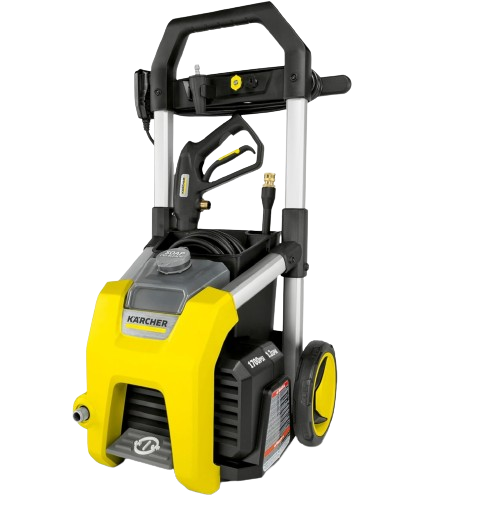
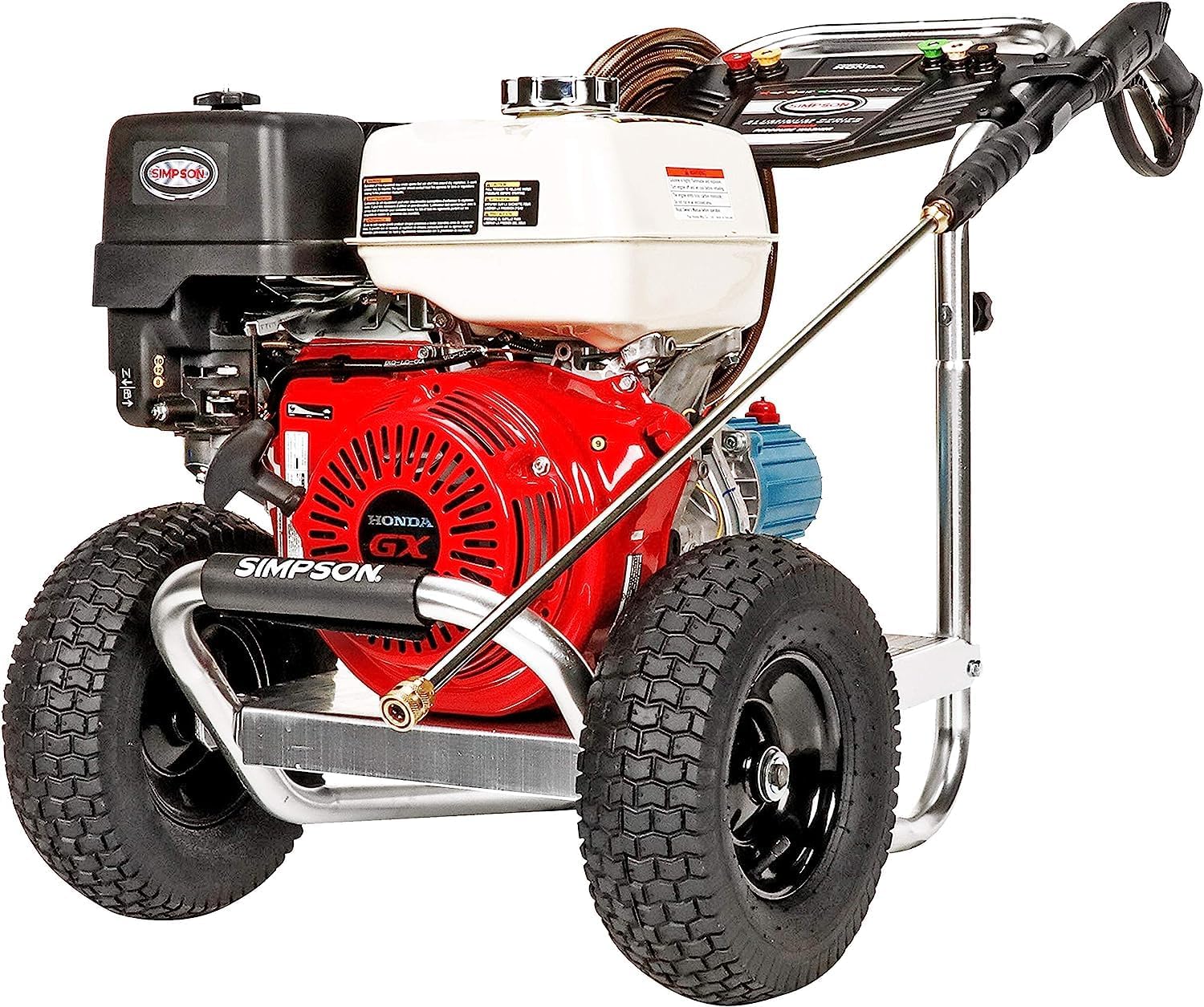
Gas Pressure Washers
Gas pressure washers tend to deliver higher pressure and flow rates, making them suitable for more demanding jobs like cleaning driveways, decks, and larger areas. They are generally more portable since they don’t require an electrical outlet. However, they are heavier, noisier, and require regular maintenance, including oil changes and air filter replacements.
Key Features to Consider:
When shopping for your first pressure washer, keep the following features in mind:
Nozzle Types:
Pressure washers come with various nozzle tips that determine the width of the spray and the pressure applied. Common nozzle types include:
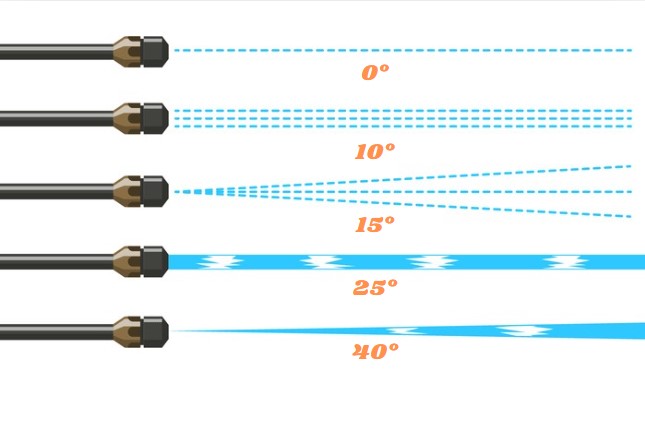
0-degree nozzle: Provides a concentrated stream for tough stains.
15-degree nozzle: Good for stripping paint or cleaning concrete.
25-degree nozzle: Suitable for general cleaning tasks.
40-degree nozzle: Ideal for delicate surfaces like vehicles or windows.
Most pressure washers have interchangeable nozzles, giving you versatility for different tasks.
Portability:
Consider how easy the pressure washer is to move around your property. Electric models are typically lighter, while gas models may have larger wheels and a handle for easier transport. Look for features like onboard storage for nozzles and hoses, which can enhance convenience.
Hose Length:
A longer hose can make it easier to reach distant areas without constantly moving the machine. Standard hose lengths range from 20 to 50 feet. A longer hose is advantageous, especially for larger properties.
Additional Features:
Other features to consider include.
Budgeting for Your Purchase:
Prices for pressure washers can vary significantly based on type, brand, and features. Electric models generally range from $100 to $300, while gas models can range from $300 to over $1,000. Determine your budget before shopping, but remember that investing in a quality machine can save you money in the long run by avoiding frequent repairs or replacements.
Popular Brands and Models:
While many brands are on the market, some have established a reputation for quality and reliability. Here are a few popular options:
Gas Pressure Washer
- Westinghouse WPX3400: Gas Pressure Washer, 3400 PSI and 2.6 Max GPM.
- SIMPSON Cleaning CM61083: Clean Machine 3400 PSI Gas Pressure Washer.
- Dewalt 61147S: 3300 PSI 2.4 GPM Gas Cold Water Pressure Washer.
Electric Pressure Washer
- LWQ S5 : 2.5 GPM Power Washer with 4 Quick Connect Nozzles
- Westinghouse ePX3500 : Designed for your most easy and convenient cleaning experience
- Karcher K1700: Electric power washer for deep cleaning.
Maintenance Tips:
Once you purchase your pressure washer, proper maintenance will extend its lifespan and efficiency:
- Regularly clean the filter: A clogged filter can reduce performance.
- Use the right detergent: Use detergents designed for pressure washers to avoid damage.
- Winterize your washer: If you live in a colder climate, take precautions to protect your machine during winter, including draining all water and using antifreeze.
- Check hoses and connections: Inspect regularly for wear and tear to prevent leaks and ensure safety.
Final Thoughts:
Buying your first pressure washer can be a game-changer for home maintenance tasks. By understanding the different types, features, and maintenance requirements, you’ll be better equipped to choose a model that fits your needs. Take your time to research and consider what tasks you’ll be tackling most often. With the right pressure washer, you’ll not only enhance the appearance of your property but also save time and effort in the cleaning process. Happy washing!
